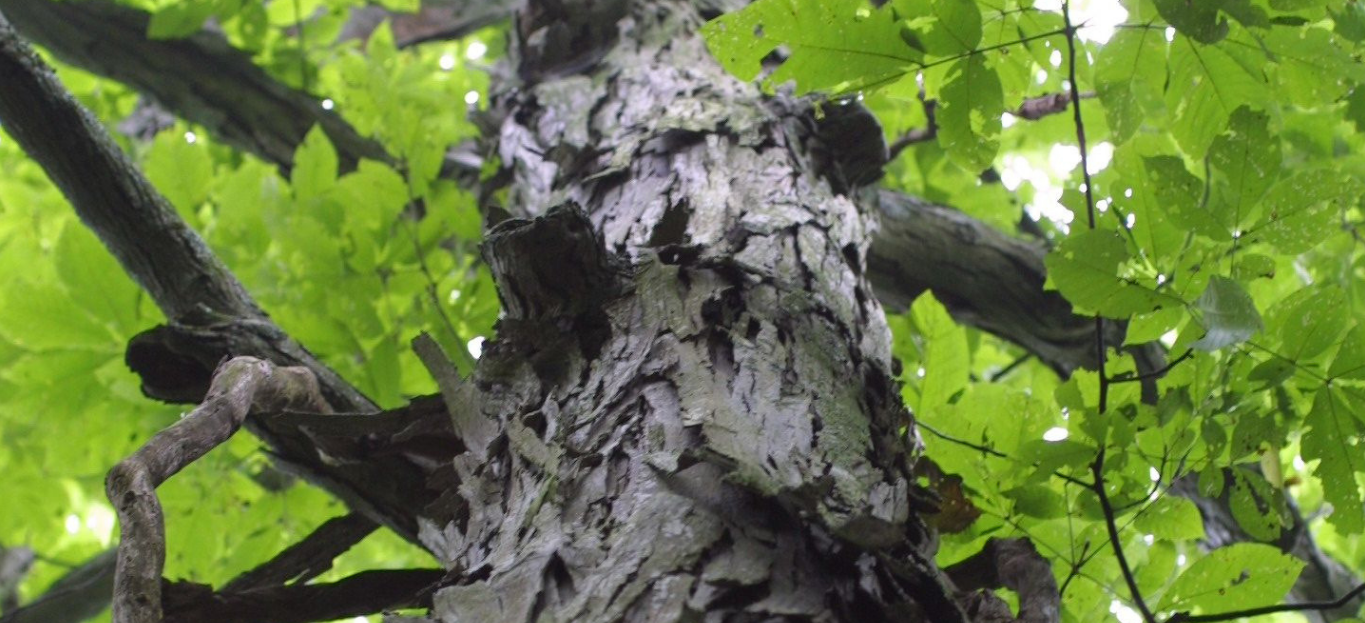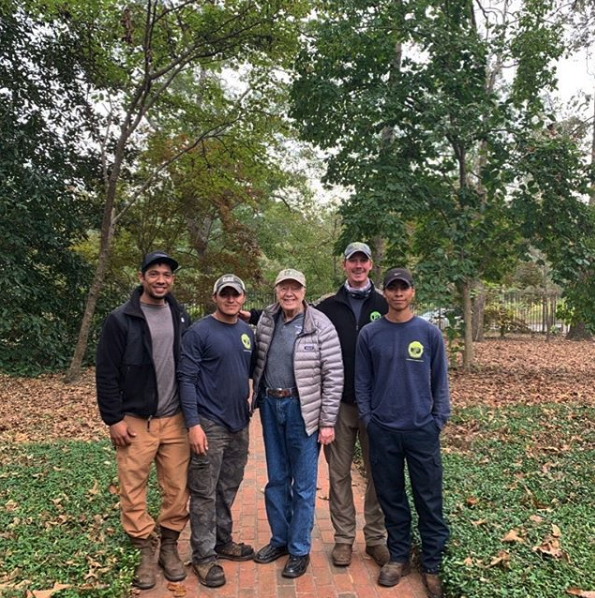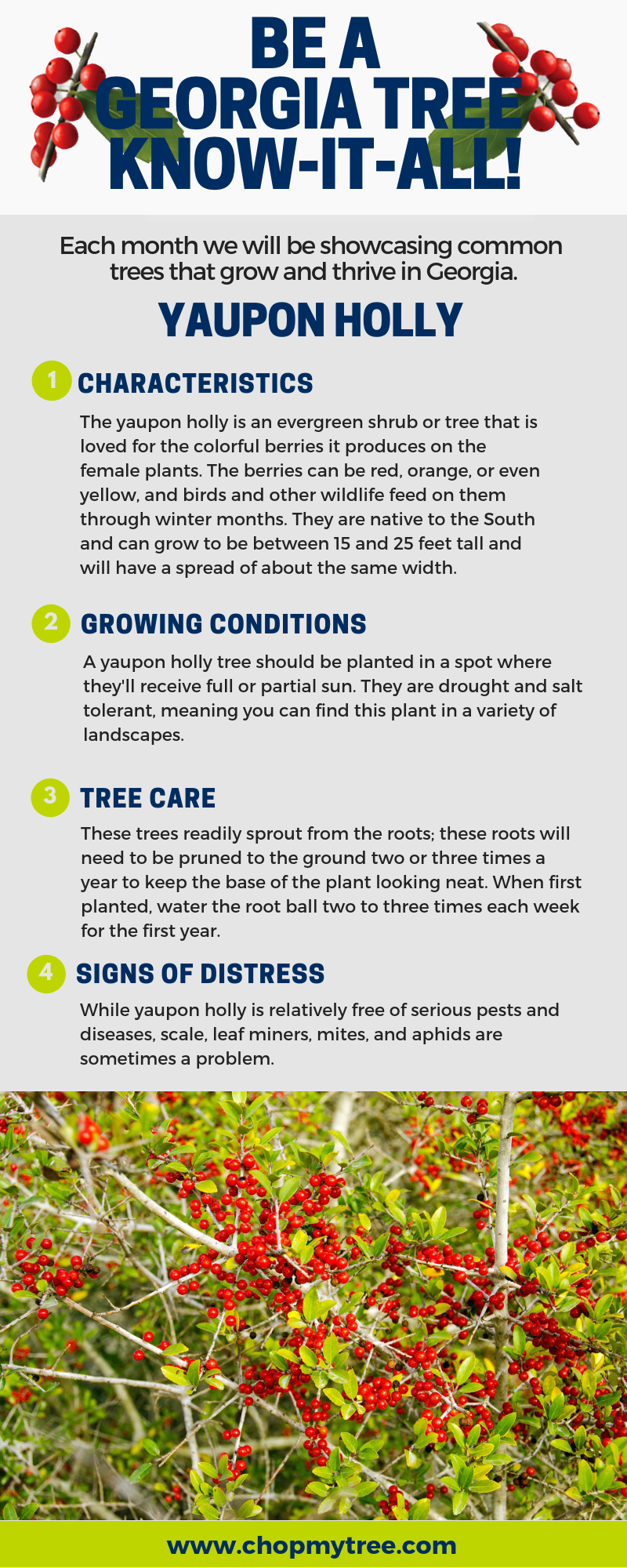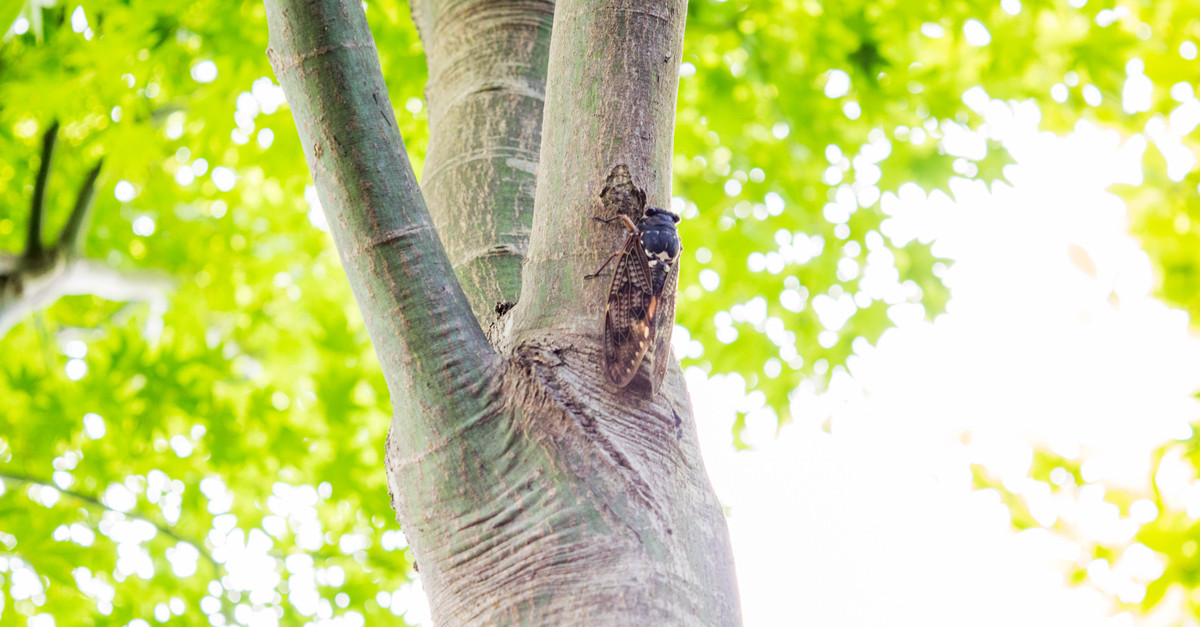It’s fall, and that has your fingers itching to prune. With all the chrysanthemum-planting and leaf-raking and ornamental grass-waving, you can’t resist that extra mile of pruning as well.
Before you get started, though, make sure you’re Doing the Thing Correctly. Otherwise, you might be sorry later. Here are some dos and don’ts to keep your trees healthy year-round.
DO: Prune in Winter or Early Spring
While it’s true that some arborists advise fall pruning, it’s not the best approach. Instead, wait until winter when sap isn’t running, and trim up then. There’s much less chance of infection this way.
Plus, pruning stimulates new growth, which isn’t good in fall when trees are trying to go dormant, explains Good Housekeeping. This is confusing for plants, and we’re guessing you don’t have the money to get all of them a good therapist.
DON’T: Top Trees!
If there’s nothing else you take away from this article, it’s do not top trees.
This means cutting off the leader, the vertical stem that juts up from the ground. Even if you think the tree would look better that way, don’t. It stresses the tree, leads to decay, removes food-producing crown foliage, and can even lead to a lawsuit if a weakened tree causes property damage and you’re found responsible. No, no, no!
If a tree has lost its leader through a storm, help it recover using these tips.
DO: Disinfect Tools
When you prune, you want to avoid transmitting disease between trees and shrubs. That means disinfecting your tools between each cut. Get a bucket of rubbing alcohol or Listerine ready, then dip your tool after each trim. Avoid bleach, as this degrades tools significantly.
DON’T: Cut Off the Branch Collar
It’s tempting to prune flush against the tree to preserve a smooth, straight trunk. Don’t do it, though. Cutting off the branch collar makes it harder for the tree to scab over the wound, increasing the risk of infection and potentially compromising your whole tree. Accept that this knobby little beauty is part of your tree forever, and move on.
DO: Get Help!
If you doubt your pruning prowess, let us help! Premier Tree Solutions is a rapidly growing tree removal business based in Atlanta, Georgia. We specialize in all things arboreal, including tree trimming, pruning, storm cleanup, stump grinding, branch clearing, debris removal and more.
Call 404.252.6448 to schedule some softwood or hardwood haircuts, or in an emergency, dial 404.569.8897. Reach out and we’ll come save you and your trees as quickly as we can!












